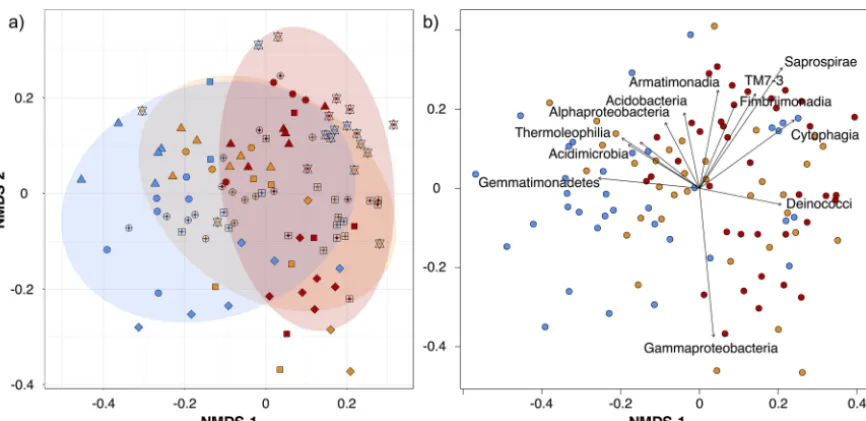Tree Leaf Bacterial Community Structure and Diversity Differ along a Gradient of Urban Intensity
Full text
Figure




Related documents
“Comparison of impervious surface area and normalized difference vegetation index as indicators of surface urban heat island effects in Landsat imagery.” Remote Sensing
However, including soy- beans twice within a 4-yr rotation decreased cotton seed yield by 16% compared to continuous cotton across the entire study period ( p < 0.05); whereas,
Another study that included patients with non-valvular persistent AF, but no other cardiovascular disease, reported that a low vitamin D level was associated with AF [16]..
Cest cet aspect que nous allons maintenant analyser a partir de deux mesures de la consommation agregee d'energie, une mesure thermique, soit la fommle (I) et une mesure
The selection of functional monomers for synthesis of Molecular Imprinting Polymers (MIPs) dimethylamylamine (DMAA) compound had been conducted by non-covalent
The gelatins from European perch and Volga pikeperch skins had relatively high gel strengths, melting points, water-holding and fat-binding capacities as compared
Nutritional evaluation of rapeseed protein isolate as fish meal substitute for juvenile turbot ( Psetta maxima L.) — Impact on growth performance, body
19% serve a county. Fourteen per cent of the centers provide service for adjoining states in addition to the states in which they are located; usually these adjoining states have

